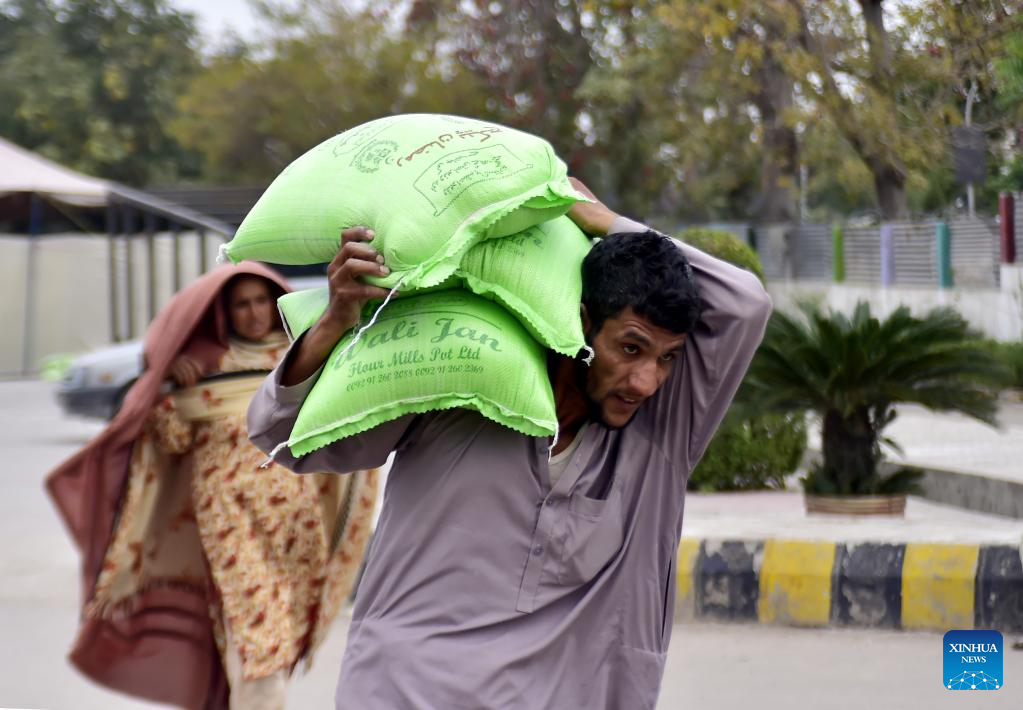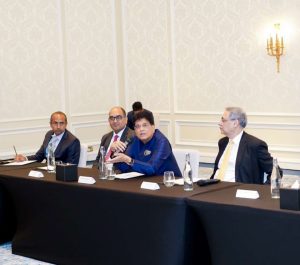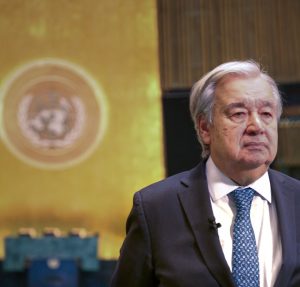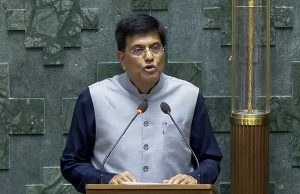There have been reports earlier in media about Pak Missions in European countries struggling to release salaries due for several months. Its Embassies in USA, France, Germany, Oman, Austria and Belgium have been frequently deprived of salaries. Cash availability in Pak treasury has deteriorated. It is not a secret that now Islamabad’s forex crisis has started hitting even essentials and imports of raw materials … writes Dr Sakariya Kareem
Cash-strapped Islamabad’s difficulties are mounting, the most recent is being the construction of a building belonging to the Pakistan International School in Cairo. The Egyptian authority has imposed heavy fines for non-completion of the school building project, according to a report.
Pak Mission is neither in a position to pay up the fine nor complete the construction of the building within the stipulated time due to the forex crisis it is facing. The building project of the school has been long pending and so far only 70% is completed due to financing difficulties. Now, the Pak mission in Cairo is in the dilemma of taking the embarrassing decision of occupying the building by foregoing the construction of the remaining part of the building.
It is not the first time that Islamabad faced difficulties in financing primary projects, connected with its missions abroad. There have been reports earlier in the media about Pak Missions in European countries struggling to release salaries due for several months. Its Embassies in the USA, France, Germany, Oman, Austria and Belgium have been frequently deprived of salaries. Cash availability in the Pak treasury has deteriorated. It is not a secret that now Islamabad’s forex crisis has started hitting even essentials and imports of raw materials.

The Forex crisis hitting the economy is fast heading towards a ‘financial emergency’. Realising this, Pakistan has resorted to taking desperate cost-cutting measures since last December. Rationing of fuel for government vehicles, restrictions on official travel, stopping leave encashments, medical bill payments and removing allowances are the result of these measures.
The cash crisis of the Pak government has compelled it to borrow more. A recent report prepared by the Pak Finance Ministry throws light on the country’s debt situation. Pak’s Debt-to-GDP ratio and Gross Financing Needs to GDP ratio, which determines the country’s sustainability of debt, are currently exceeding desired levels and analysts do not rule out significant risks associated with default.
Islamabad’s public and publicly guaranteed debt increased to 78% of the GDP in the last fiscal year and now it could further increase due to compulsive government borrowing to avert to keep the government running, overcome forex crisis and avert default. It is nearly impossible to reduce it by nearly one-third within four years in line with the stated goal of the Pak government. Experts suggest sustainable Debt-to-GDP ratio for countries like Pakistan should not be higher than 70%.
The gross financing needs of the government, the other criteria determining sovereign default, is surpassing 15% of GDP in Pakistan – the sustainable level, widely agreed by experts. Further, it is projected that the gross financing needs will range from 19.2% to 18.9% of the GDP during the next three fiscal years, indicating the gravity of the situation which might push the country into default.
Islamabad has breached the limits of both the indicators and the government report cautioned that if brewing financial shocks continue, the country would remain above the sustainable level at least for the next 3 years, maybe even beyond 2026. Amidst the current troubled business environment, there are likely chances that Pak would default.
The rise in the debt-to-GDP ratio was attributed to the depreciation of the rupee and the primary deficit. The Pakistani rupee has been struggling to stabilize for the last five years with no respite. Furthermore, the Finance Ministry itself admitted that ‘when considering combined macro-fiscal and standardized contingent liability shocks, the debt-to-GDP ratio continues to exceed the 70% threshold’.
It added, “gross financing needs remain high, posing several liquidity risks mainly due to high interest rates and pressures on external accounts”. Further, it revealed that the depreciation of the rupee alone contributed to a debt increase equivalent to 6.1% of the GDP. A currency depreciates due to a loss of confidence apart from demand and supply dynamics.

All the above-mentioned issues have translated into shocks to real GDP growth, primary balance, real interest rate, exchange rate, and contingent liabilities. These have eventually resulted in an
increasing debt burden beyond sustainable limits. The interest rate shock alone has contributed an additional Rs 1.5 trillion to the debt servicing cost in the current fiscal year to Islamabad, accounting for about 70% of the projected revenues for the year.
Islamabad has so far tried to hide all major data concerning the health of the economy. But the World Bank has now brought the right facts out. The development partner’s condition now provides insights into Pakistan’s external and domestic debt situation, contingent liabilities and economic outlook for the next three fiscal years. This exercise deserved the attention of the Pak economic policymakers, but they remained busy in painting a good picture even when the economic wounds were getting deeper.
Campaign group Debt Justice recently warned that poor countries were facing their highest bills for debt servicing in the last 25 years. Pakistan is an extreme example of such a debt burden. It stated that Pakistan’s scheduled repayments on foreign public debts are equivalent to 47% of government revenues in 2023, leaving a scant amount for capital formation and investment. This would worsen its growth prospects which would further aggravate the cash and forex crisis as the government’s revenues and the country’s export earnings are affected. How long Islamabad could pull its debt sustainability is a big question! Pakistan is drifting into a financial abyss, but the politicians are busy settling political scores and not ready to give priority to the economic problems facing the country. It does not auger well.








